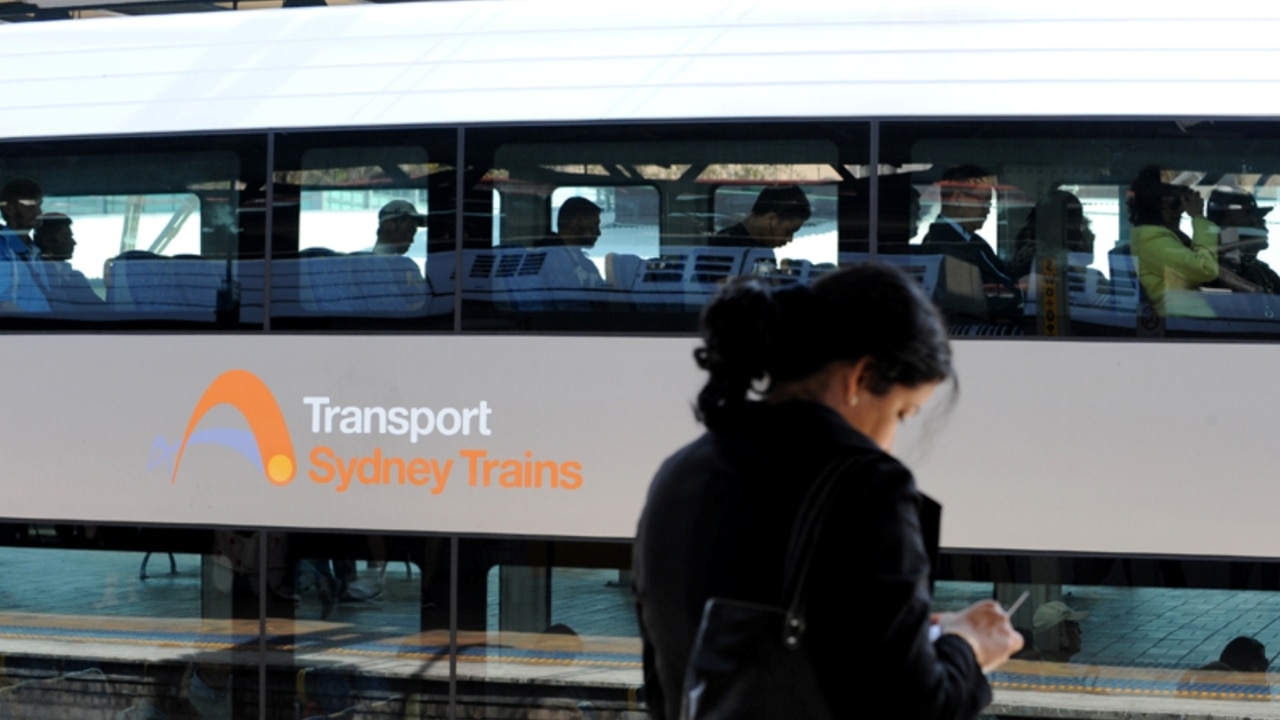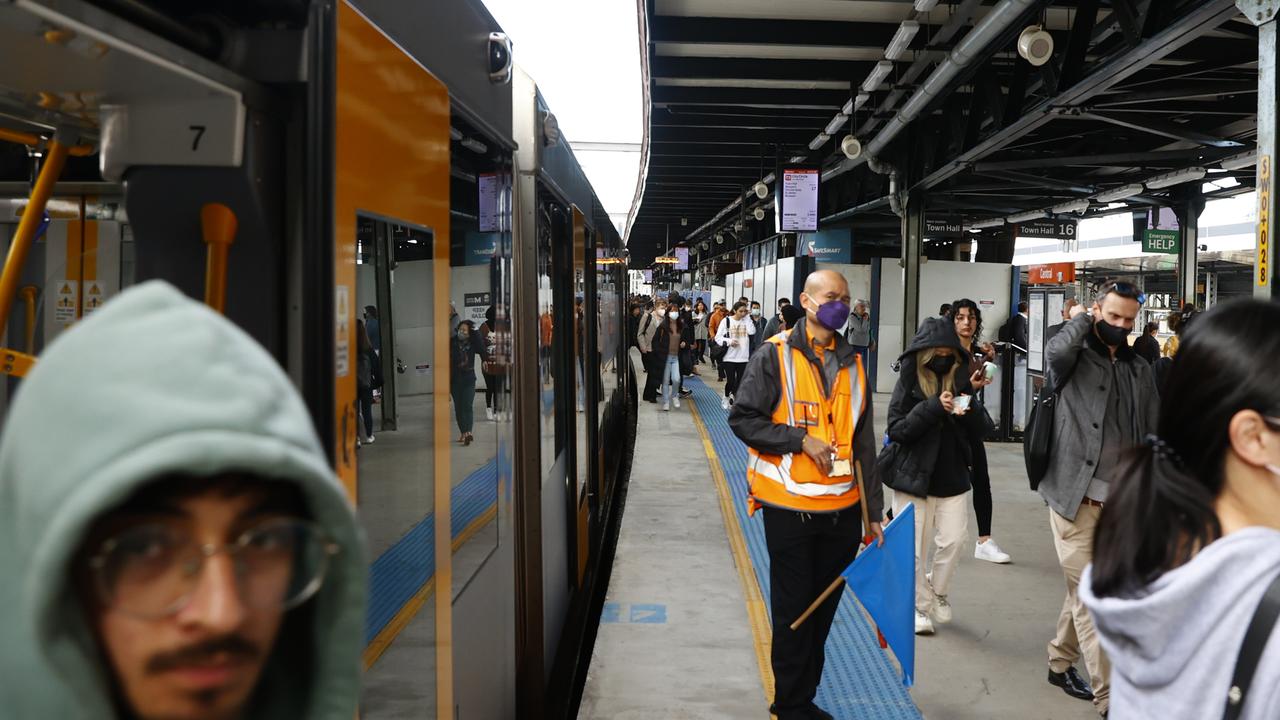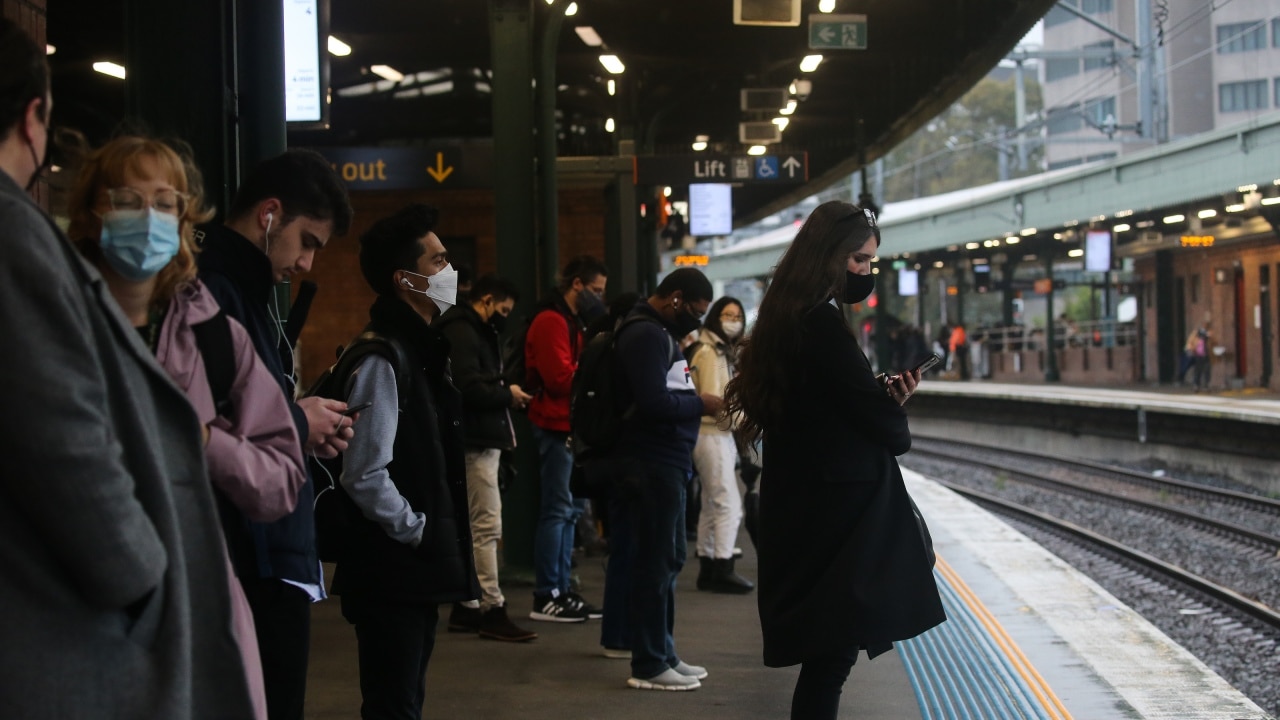Sydney Rail Worker Suspension: A Ripple Effect Across the City: Relief For Sydney Commuters As Rail Workers Ordered To Suspend

Relief for Sydney commuters as rail workers ordered to suspend – The recent suspension of industrial action by Sydney’s rail workers brought a sigh of relief to countless commuters. However, the disruption caused a significant impact across the city, highlighting underlying issues within the rail system and the relationship between workers, the government, and the public.
Impact on Commuters

The immediate effect of the suspended rail worker action was a noticeable, albeit temporary, easing of congestion on Sydney’s roads and public transport alternatives. Prior to the suspension, commuters faced significantly extended commute times, often exceeding their usual journey by an hour or more. Many relied on overcrowded buses and ferries, which, while providing alternatives, were inadequate to handle the surge in passengers. The cost of alternative transportation also increased significantly for many, as taxi fares and ride-sharing services surged in price during peak hours. The economic consequences included lost productivity due to late arrivals at work, increased transportation costs, and the added stress of navigating the disrupted system.
The Rail Workers’ Dispute
The rail workers’ decision to suspend action, albeit temporarily, followed months of tense negotiations with the New South Wales government. Key demands included improved working conditions, wage increases to reflect the rising cost of living, and assurances regarding job security amidst technological advancements within the rail network. This dispute echoes previous industrial actions on the Sydney rail network, particularly those concerning safety concerns and rostering issues. The potential long-term implications include further disruptions if a resolution isn’t reached, impacting the reliability of Sydney’s crucial public transportation system and potentially deterring investment in future infrastructure upgrades.
Government Response

The government’s response to the rail worker action involved a combination of strategies aimed at mitigating the impact on commuters and engaging in negotiations with the union. This included deploying additional buses and ferries, launching information campaigns to guide commuters, and actively participating in negotiations with the union. While a detailed timeline of events is complex, key events included initial strike announcements, escalating tensions, government interventions, and ultimately, the temporary suspension of industrial action. The effectiveness of the government’s response remains a subject of debate, with some commending the efforts to provide alternative transportation, while others criticize the lack of a proactive solution to address the underlying issues.
Public Opinion and Media Coverage, Relief for Sydney commuters as rail workers ordered to suspend
Public reaction to the rail worker suspension was largely divided. Many commuters expressed frustration over the initial disruptions, highlighting the inconvenience and economic impact. Others expressed sympathy for the rail workers’ demands, emphasizing the need for fair wages and improved working conditions. Social media played a significant role in amplifying both positive and negative sentiments, with commuters sharing their experiences and opinions widely.
| Media Outlet | Headline | Tone |
| Sydney Morning Herald | “Rail Strike Suspended: Commuters Breathe Sigh of Relief” | Neutral, slightly positive |
| Daily Telegraph | “Union Chaos Brings Sydney to a Standstill” | Negative, critical of the union |
| ABC News | “Sydney Rail Dispute: A Look at the Key Issues” | Neutral, informative |
Future of Sydney’s Rail System
Preventing future disruptions requires a multi-pronged approach focusing on improved communication, infrastructure investment, and a more collaborative negotiation process. This includes establishing clearer communication channels between the rail workers’ union, the government, and commuters, ensuring transparency and proactive information sharing. Significant investment in upgrading Sydney’s aging rail infrastructure is crucial to enhance reliability and reduce the frequency of service disruptions. A more robust negotiation process, potentially involving independent mediation, could help prevent future standoffs and ensure fairer outcomes for all parties involved.